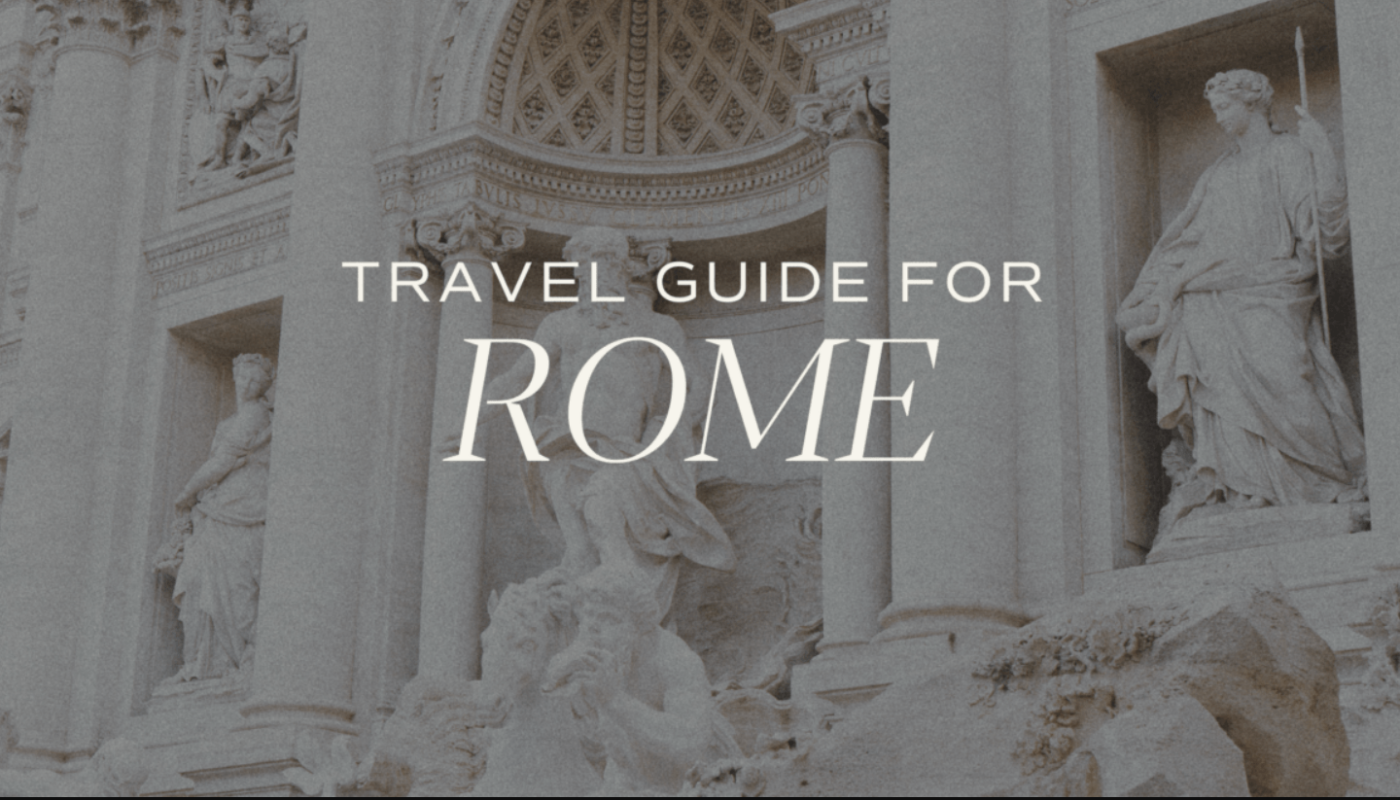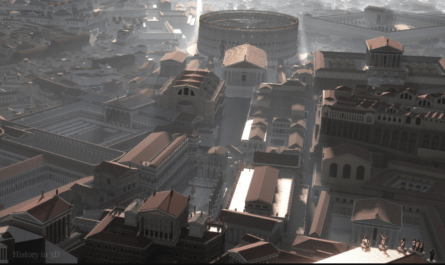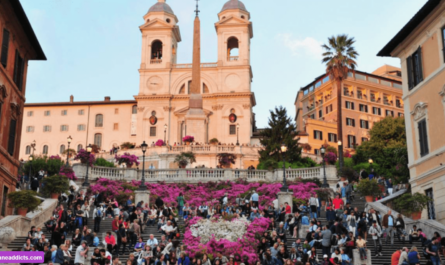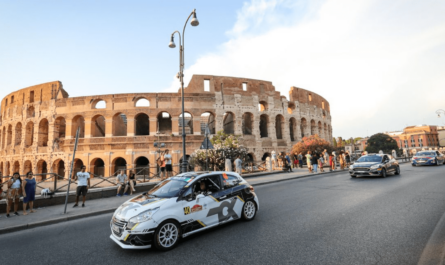Rome Travel Guide: With a history spanning thousands of years, Rome offers an abundance of activities, whether you’re visiting for the first time or returning to explore beyond the usual tourist spots. Renowned as the Eternal City for about two millennia, Rome is celebrated for its well-preserved ancient sites, Renaissance art and architecture, stunning churches, and exceptional cuisine.
Deciding whether to book a private tour of Rome or explore the city independently is entirely up to you. This Rome travel guide aims to equip you with everything you need for a self-guided adventure, helping you determine the best sights and activities for your visit, navigating the city with a baby or young child, finding great places to eat, and utilizing public transportation effectively.
It might seem like a lot of information at once, but it’s organized to provide you with all the essential details needed to start planning your trip. For more in-depth information, the rest of the website will offer further insights. Planning a trip to Rome can be thrilling yet overwhelming due to the myriad of things to see and remember. But don’t worry, our Rome travel guide will support you throughout your journey!
Essential Information for Visiting Rome: The Ultimate Rome Travel Guide
Rome’s Location
As Italy’s capital since 1870 and the central city of the Latium region, Rome is situated in the heart of the country along the western coast, touching the Tyrrhenian Sea. High-speed trains can get you to Florence in about an hour and a half, Naples in just over an hour, Milan in about three hours and forty minutes, and Venice in four hours.
For those traveling through Europe by train and including Italy in their itinerary, the Eurail Pass is a convenient option for reaching Rome and other cities. Check out our comprehensive guide on using the Eurail Pass for more details.
If you’ve rented a car, you can easily make day trips within the Lazio region or explore less frequented areas such as Tuscany, Umbria, or Abruzzo.
What Makes Rome Famous?
Rome’s fame might first bring to mind the Colosseum or its rich culinary heritage. Food enthusiasts might be eager to discover popular Roman dishes and dining spots, while history buffs could already be planning visits to the city’s archaeological sites or the Vatican Museums.
Summarizing Rome’s fame in just a few lines is challenging. Think of grand Renaissance palaces, winding narrow streets, artisanal gelato, the Pope, high-end shopping districts, the Spanish Steps, magnificent piazzas, and fountains like the Trevi Fountain, ancient Basilicas, and more.
The Origin of Rome’s “Eternal City” Title
The term “Eternal City” is often attributed to the 2nd-century emperor Hadrian, who, according to Marguerite Yourcenar’s novel “Memoirs of Hadrian,” supposedly expressed a desire for Rome to outlast other ancient cities. In reality, this quote is fictional, but the title has been associated with Rome for centuries.
Latin poet Albius Tibullus was among the first to refer to Rome as the Eternal City in his elegies around 55 BC. Since then, the term has become iconic, even though other cities like Jerusalem and Kyoto have also been called by this title.
Best Time to Visit Rome
Our Rome travel guide also covers the best times to visit. Italy experiences four distinct seasons, each offering a different experience in Rome. Summer months are typically the hottest and busiest, with large crowds at major attractions. Spring (April to June) offers a pleasant climate, with temperatures warming up but not yet too hot. For more details on visiting Rome in spring, consult our guides for March, April, and May.
Fall (September to mid-November) is another great time to visit, though you may encounter some rain and post-summer storms. Check out our recommendations for dressing appropriately in Rome in November!
Which Rome Airport to Use and How to Get There
Rome has two airports: Leonardo Da Vinci International Airport (Fiumicino) and Ciampino, the smaller military airport. Ciampino is closer to the city, but Fiumicino is better connected and offers more facilities.
Ciampino primarily serves low-cost airlines like Ryanair, while Fiumicino accommodates a wider range of airlines and offers extensive shopping and dining options.
How to Reach Rome from the Airport
From Fiumicino, you can take either a train (faster but pricier) or a coach (cheaper but slower). The Leonardo Express is a direct train to Termini station, taking about 30 minutes and costing 14€. The regional train makes several stops and costs 8€, with varying travel times depending on your destination.
Coaches are less expensive but subject to traffic conditions. Tickets are around 5€, with different companies offering various schedules. Popular companies include Cotral, Schiaffini, and Terravision. If flying with Ryanair, you can buy Terravision tickets on board.
From Ciampino, buses are the only option, and they take longer to reach the city. Terravision and Schiaffini operate services from Ciampino, and you can also take an Atac urban bus to the Anagnina metro station.
Packing Tips for Rome
Packing for Rome depends on the season. In winter, bring warm clothing, an umbrella, a winter jacket, and sturdy shoes. For summer visits, pack light clothing, swimwear for the beach or hotel pool, and sunscreen. Rome has plenty of shops, but bringing essentials with you can save time.
What to Wear in Rome
There’s no strict dress code in Italy, so you can wear what you like. However, when visiting churches or the Vatican, modest attire is required—long pants or skirts and shirts covering the shoulders. A shawl can be useful for covering your shoulders if needed.
Dining out or going to clubs generally doesn’t require specific attire, but some places may prefer you avoid flip-flops, shorts, or sleeveless shirts for men. When in doubt, a smart outfit is usually acceptable.
Accommodation Options in Rome
Choosing where to stay depends on your trip’s purpose. For sightseeing, central Rome or the Monti area offers convenient access to major landmarks. For a vibrant local experience, consider Trastevere, known for its lively nightlife.
Areas like Ostiense, Garbatella, or Trionfale/Monte Mario offer more affordable options and good transport links. Even if you stay outside the city center, you can find comfortable accommodations near public transport and local amenities.
Public Transport vs. Car Rental in Rome
If staying outside the city center, you can use Rome’s extensive public transport system, including buses, trams, trains, and the metro. Driving in Rome requires caution due to the large ZTL (limited traffic zone) and potential fines. Renting a car is better if you plan to explore other regions outside Rome.
Choosing accommodation outside the ZTL can also offer better parking options if your hotel doesn’t provide it. This can also help reduce your overall accommodation costs.
Must-Try Foods in Rome
Roman cuisine is hearty and meat-centric, with delicious options like bucatini all’amatriciana, tonnarelli cacio e pepe, and spaghetti alla carbonara. Main courses often feature oxtail stew, veal cutlet, or salted codfish. For a break from meat, try fettuccine ai funghi porcini or pasta with cheese and pepper.
Recommended Dining Spots in Rome
Our guide highlights several dining spots we frequently recommend, such as Felice A Testaccio, Ginger Sapori e Salute, Il Margutta vegetarian restaurant, and Trattoria Pennestri. For vegan options, visit Romeow Cat Bistrot in Ostiense or Ma Va? in Prati.
For street food enthusiasts, Rome offers supplì, pizza by the slice, and Trapizzino. Notable pizzerias include Pinsere in Trieste and Pizzarium by Bonci in Prati.
Best Gelato Spots in Rome
Italian gelato differs significantly from American ice cream. Look for all-natural, additive-free gelato at top spots like Fatamorgana in Trastevere, Fiordiluna, and Otaleg. Avoid chain stores and opt for artisanal gelato.
Where to Find the Finest Coffee in Rome
Italians are passionate about their coffee, typically enjoying a small espresso shot known as “caffè.” For a larger coffee, order a “caffè americano” or a “lungo,” which is a diluted espresso.
Great coffee spots include Sant’Eustachio Il Caffè in Piazza Sant’Eustachio, Castroni, and Pergamino Caffè in Piazza Risorgimento.
Activities to Enjoy in Rome
Rome offers endless activities, from exploring Vatican City and its art treasures to wandering through historic sites like the Pantheon and Piazza Navona. For a unique experience, visit lesser-known neighborhoods like Ostiense or explore the city’s culinary scene.
Family-Friendly Activities in Rome
Rome has many activities for families, including visiting the Colosseum, exploring parks with playgrounds and fountains, or going to interactive museums like Explora. Enjoying gelato and local pastries is always a hit with kids.
Free Things to Do in Rome
Exploring Rome’s historic neighborhoods is a free and enriching experience. Don’t miss iconic spots like the Spanish Steps, Piazza Navona, the Pantheon, St. Peter’s Basilica, and various churches. Parks like Villa Borghese and Villa Pamphilj offer free access and are perfect for relaxation and exploration.
Traveling to Rome with a Baby
Rome is generally baby-friendly, with many attractions accessible by stroller. Be sure to check ahead for family facilities and consider using a baby carrier for easier navigation in crowded or uneven areas.
Guided Tours vs. Independent Exploration
Whether to book a guided tour or explore independently depends on your preference. Guided tours offer expert insights and convenience, while independent exploration allows more flexibility and personal discovery.
Shopping Opportunities in Rome
Rome offers diverse shopping experiences, from high-end boutiques on Via Condotti to local markets like Campo de’ Fiori. Explore areas like Via del Corso and Via Cola di Rienzo for a range of shopping options.
Exciting Day Trips from Rome
For day trips, consider visiting nearby cities like Florence, Naples, or Pompeii. Tuscany and Umbria are also great for exploring Italy’s picturesque countryside and vineyards.



